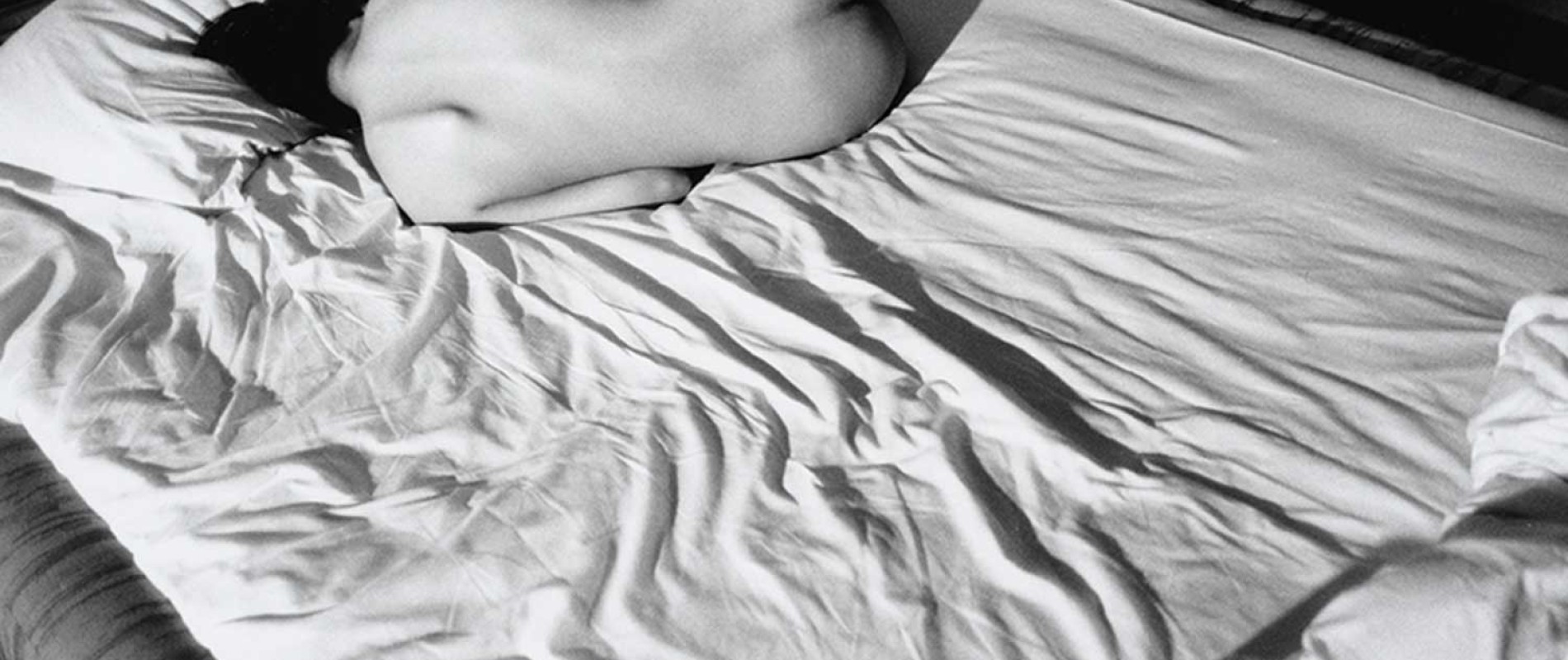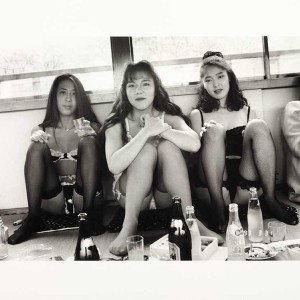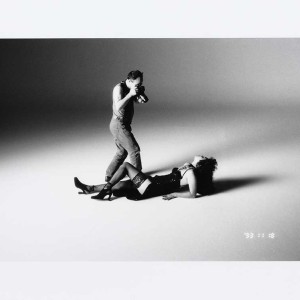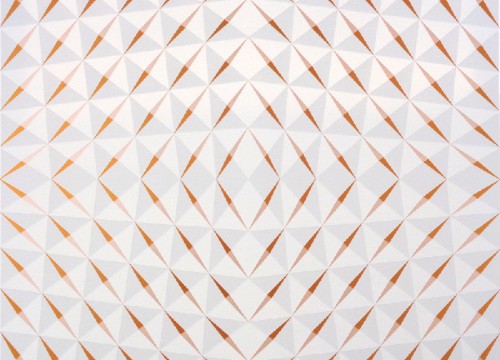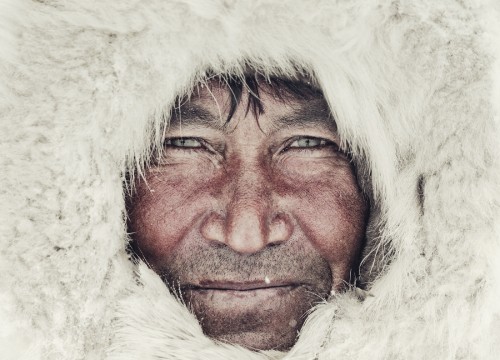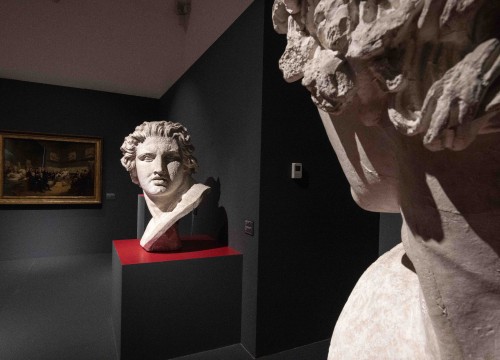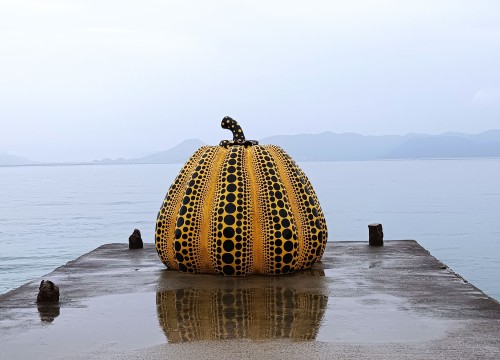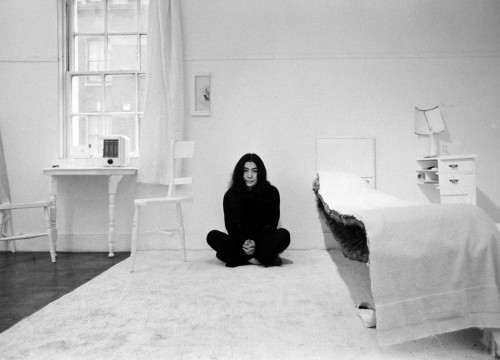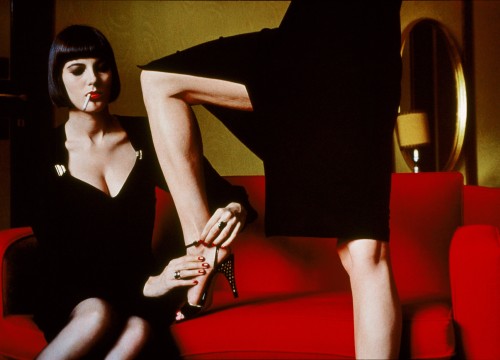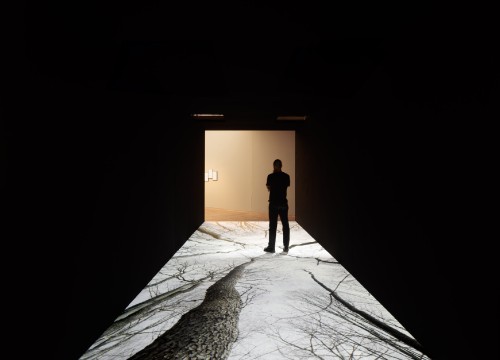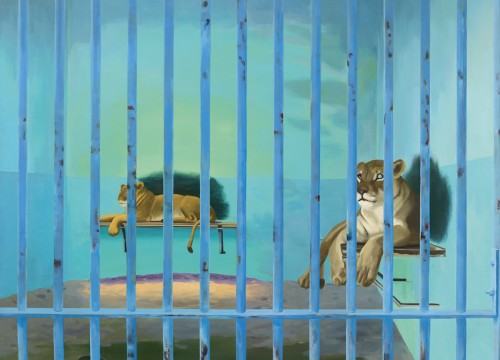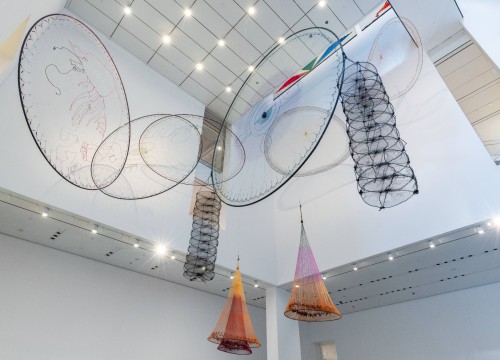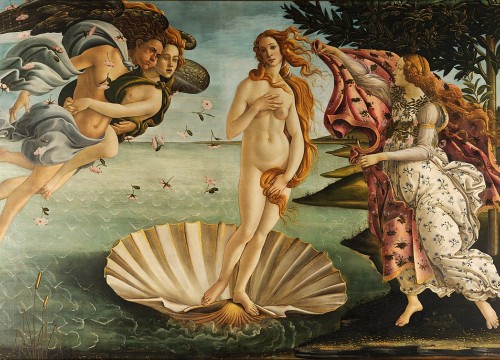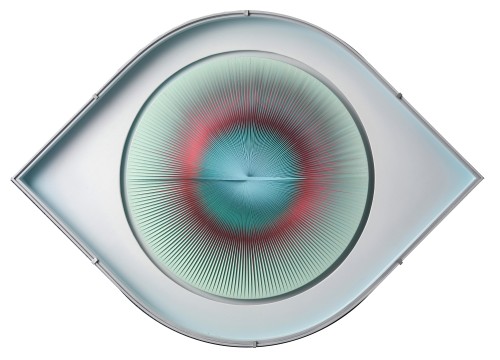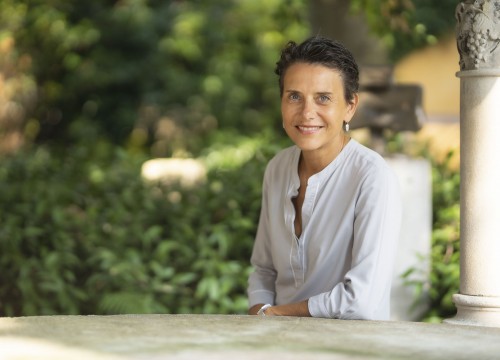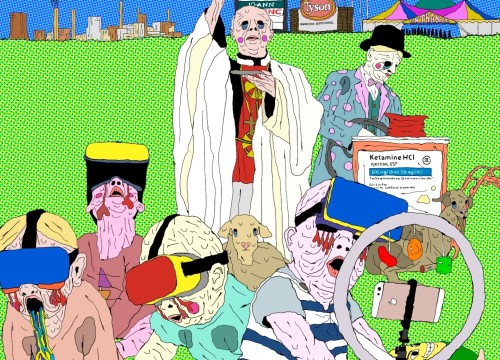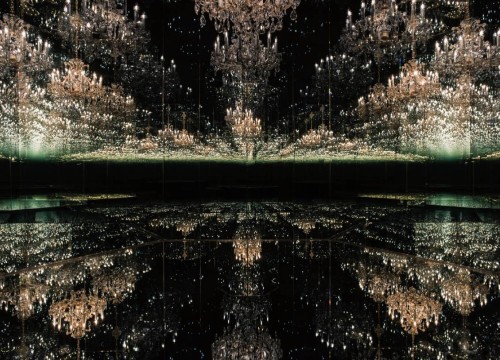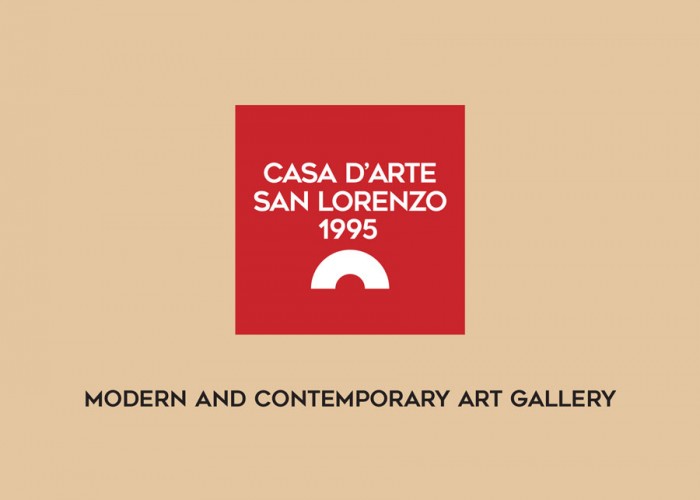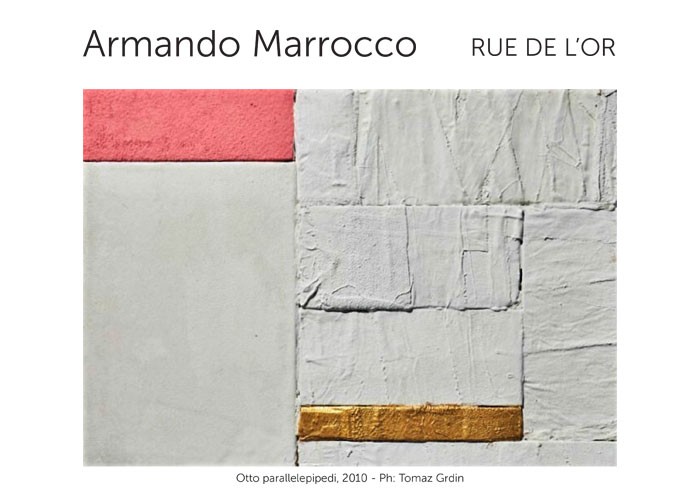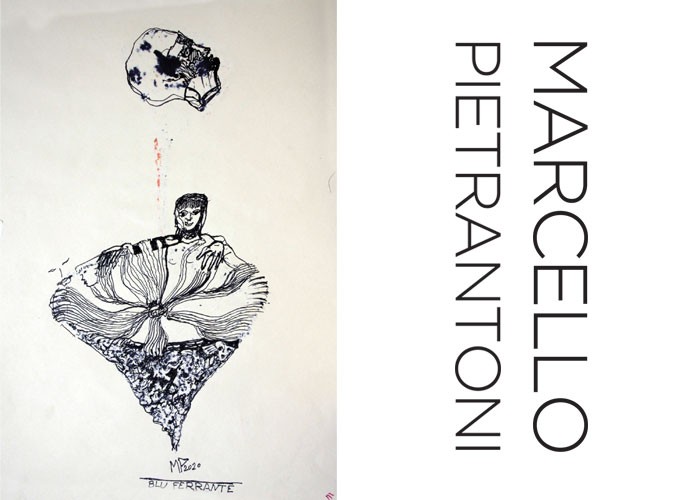On view Nobuyoshi Araki’s photos taken three years after his wife’s death and the film Luanda-Kinshasa by Stan Douglas
For a year, the exhibitions proceed at the Bourse de Commerce the new museum which Francois Pinault offered to the French capital in order to present his collections, adapting the old Stock Exchange Building, in the Halles quarter. The Japanese architect Tadao Ando has established a dialogue between form and epoch, interpreting the circular matrix of the building. Ten exhibition spaces, an auditorium, the foyer and the Studio allow for ample programming and conferences, meetings, film showings and concerts. Two exhibitions are hosted in this suggestive frame. “Shi Nikki (Private Diary) for Robert Frank” an exhibition of the Japanese photographer Nobuyoshi Araki, in Gallery3, and “Luanda-Kinshasa” of the Canadian artist Stan Douglas, a film projected in the Studio. The works of Nobuyoshi Araki (Tokyo, 1940) are a collection of 101 black and white photographs taken in 1993, three years after his wife’s death. His poetry transforms reality into fiction and takes its cue from its own individuality. In these series of photos, Araki explores the themes of desire and loss while roaming in the intimacy of the bedroom, drawing portraits of women in explicit poses. The narration is emotional, one figure follows another, the public spaces follow domestic ones, the city and the infinite, the eternal to the ephemeral, life and death.
ARAKI'S SELF-INQUIRY ON DESIRE AND LOSS,
WANDERING IN THE INTIMACY OF THE BEDROOM
The urban photos echo Robert Frank’s work (1924-2019), a pioneer of American photography who inspired Araki. Stan Douglas (Vancouver, 1960) reinvents through his photography since the 1980’s; videos and installations, narrative processes interpreting the relationships between cultural appropriation caused by a society which is hypnotized by the media. The film Luanda-Kinshasa takes its cue from the legendary film studio Columbia Records in New York, that brought to fame musical myths such as Miles Davis, Billie Holiday and Aretha Franklin. The video reconstructs a fictitious musical cut from the 70’s, composing and recomposing the editing in a random manner creating a six-hour musical cycle. The title refers to two historic events: the boxing fight between Mohammed Ali and George Foreman in Kinshasa in 1974 and the liberation of the capital of Angola, Luada in 1975. Wrapped up in imaginary vintage, surrounded by false friends, false technicians and false journalists, the musicians incarnate the research for African roots in the New York music scene of the seventies. These two proposals are flanked by an installation by Urs Fischer in the Rotonda, until the 17th of January, and the exhibition about Charles Ray opens on the 16th of February. The exhibitions continue until spring of 2022 with the monograph dedicated to David Hammons in Gallery 2 and until the end of the year with the windows of the Passage dedicated to Bertrand Lavier.

